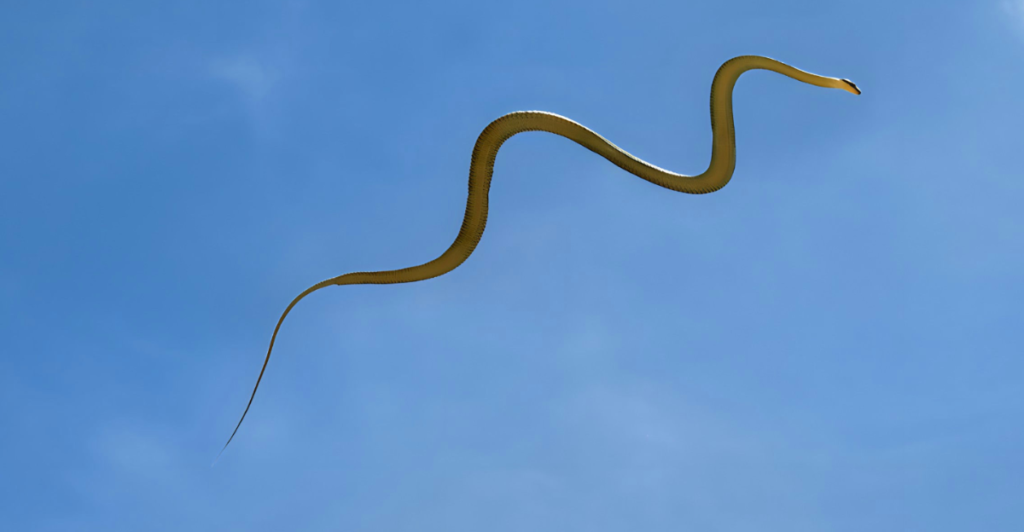
Many species from the animal kingdom have creative and amazing fliers that use different kinds of wings to soar high in the sky. But some animals have proved that you don’t always need wings to get around and catch some air. Here are some of nature’s most ingenious animals that can fly (mostly) without needing a pair of wings.
Flying Fish
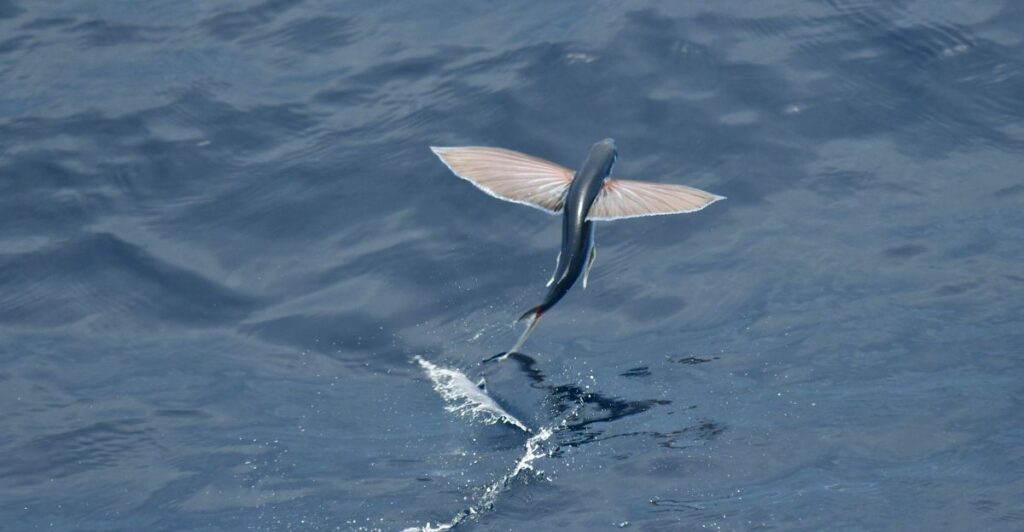
The flying fish has more than earned its name through its ability to glide above the surface of the water for impressive distances. The fish have evolved to speed under the water before breaching the surface and launching themselves above the surface. They have pectoral fins that are perfect for catching the wind and helping them glide.
Flying Squirrels
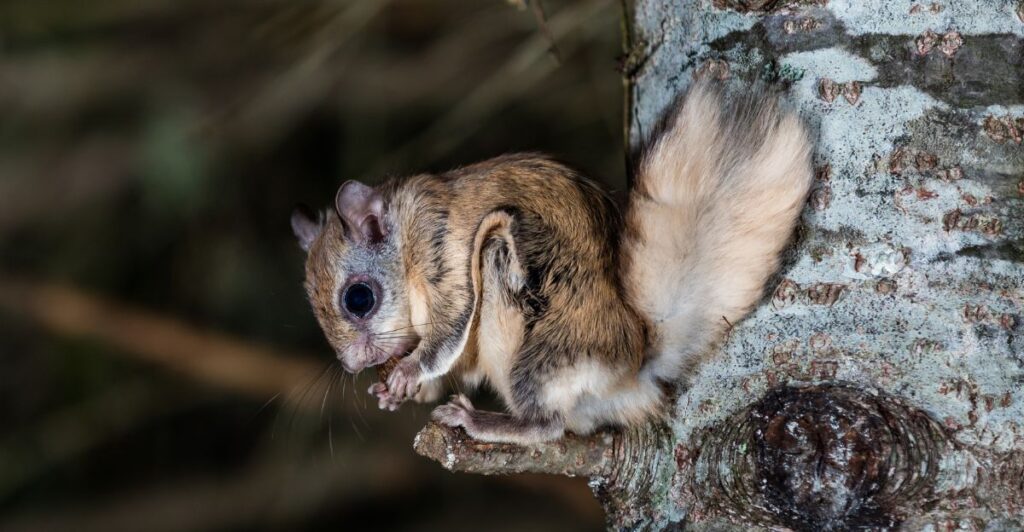
Flying squirrels are marvelous examples of mammals that have pioneered their own unique way of being mobile. They use a membrane under their arms that stretch from their wrists to the ankles that allows them to glide from tree to tree without getting close to the ground.
Colugos
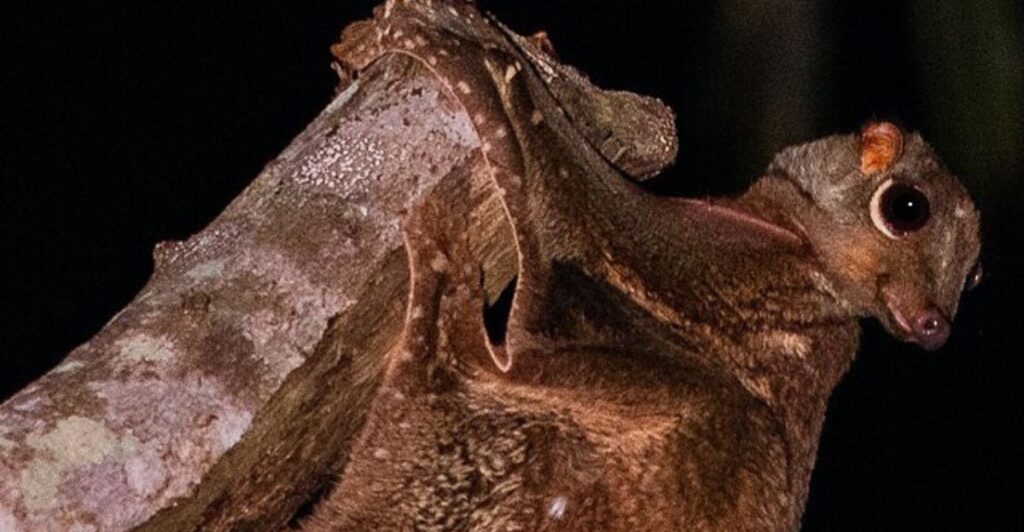
Colugos are gliders with an exceptional ability to glide for up to 150 meters to get from tree to tree. They are often called flying lemurs despite not being a part of the lemur family. In the treeline, they are safe from predators and highly mobile.
Sugar Gliders
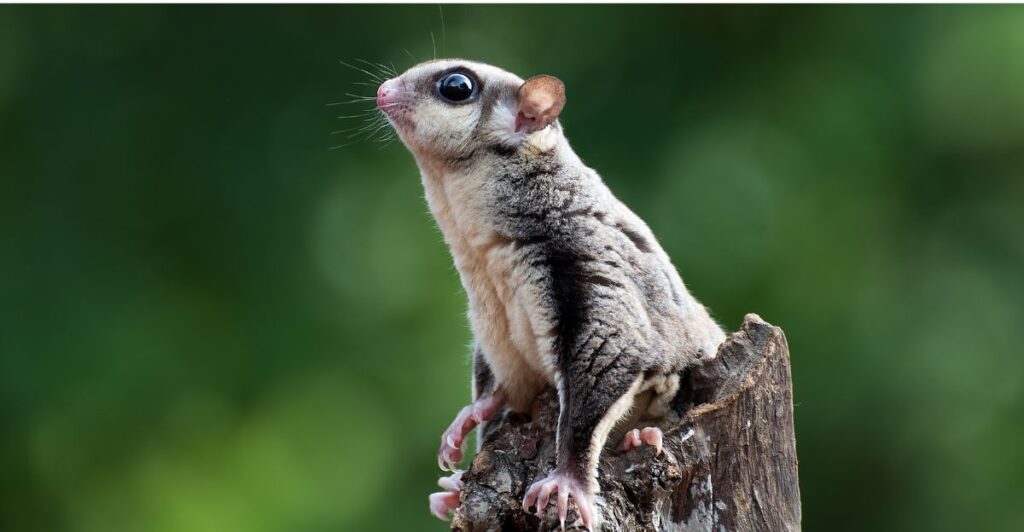
Sugar gliders are marsupials with a membrane under their arms to allow them to glide safely above the forest floor. They are nocturnals with large orb shapes eyes perfect for night vision. They are perfectly adapted to their environment with their unique adaptations.
Draco Lizard
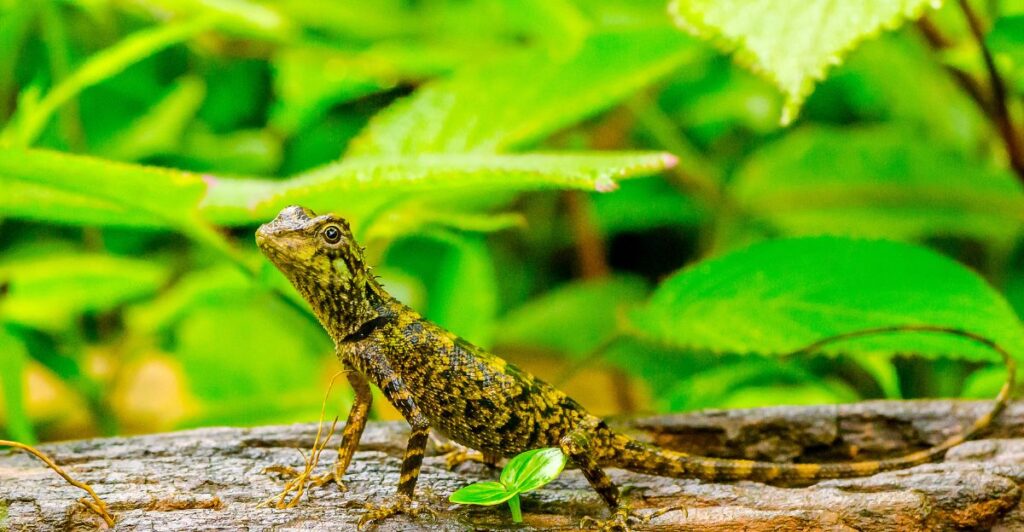
The Draco lizard has a gliding membrane like many other animals on this list, but they have also adapted elongated ribs that help support the gliding structure. They live in Southeast Asian forests and glide between trees.
Spiders
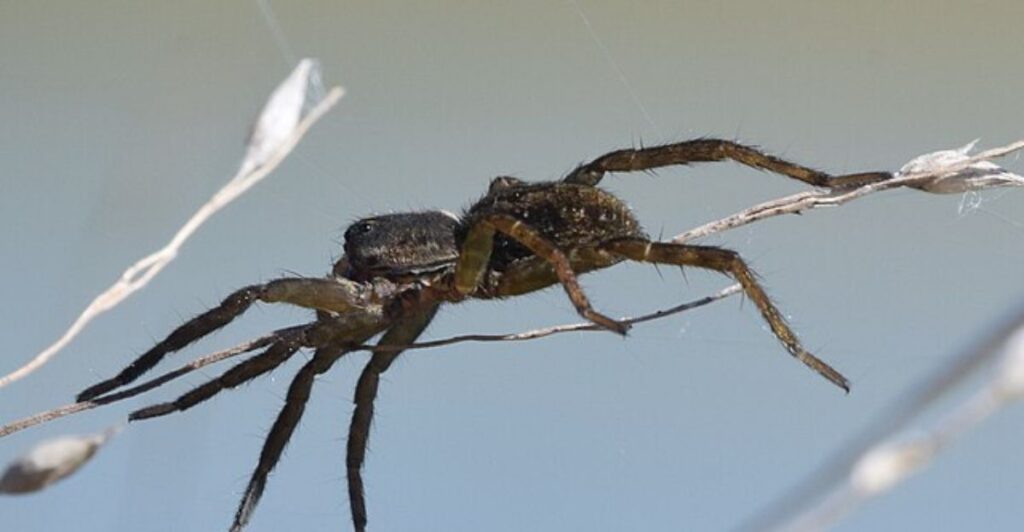
Most wouldn’t think that spiders can fly, but some species are actually expert balloonists! They use their silk to create a special “web-parachute” that allows them to catch strong winds and move to new areas that could afford them new opportunities, including food and shelter. Many young spiders use this method to disperse their population.
Froghoppers
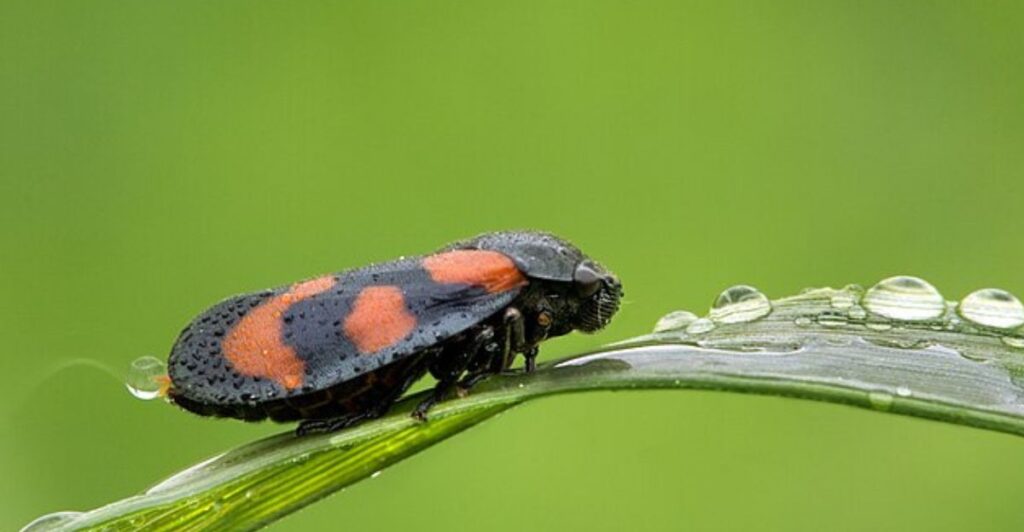
Froghoppers are, ironically a type of insect aptly named for their ability to jump like a frog. After they’ve launched themselves into the air, they can glide short distances due to their lightweight and unique body. They are among the best jumpers in the insect kingdom.
Flying Snakes
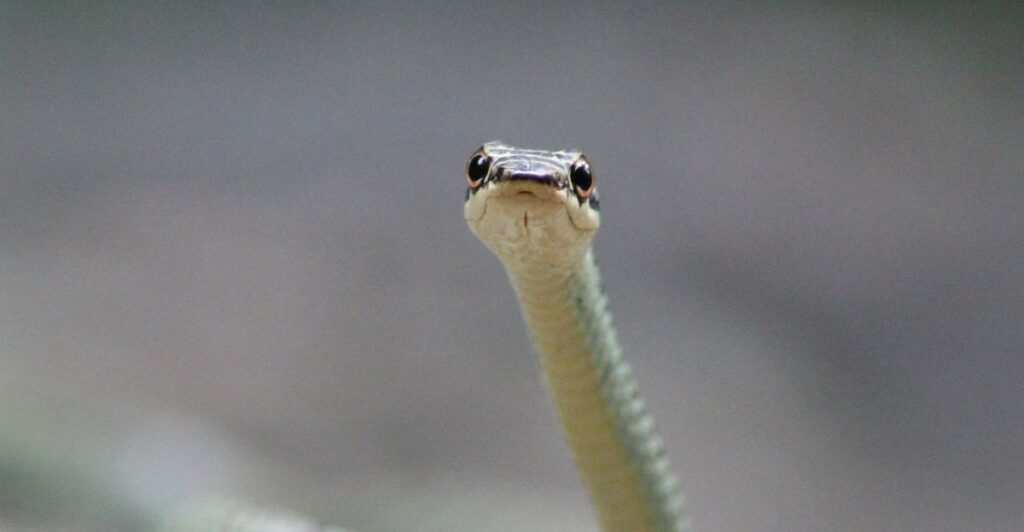
Snakes are generally known to be ground or tree dwelling reptiles, but flying snakes, as the name suggests, have specialized anatomy to help them glide through the air. They can flatten and contort their bodies in mid-air to allow this exceptional feat. They have been recorded traveling up to 320 feet while in the air.
Petaurus
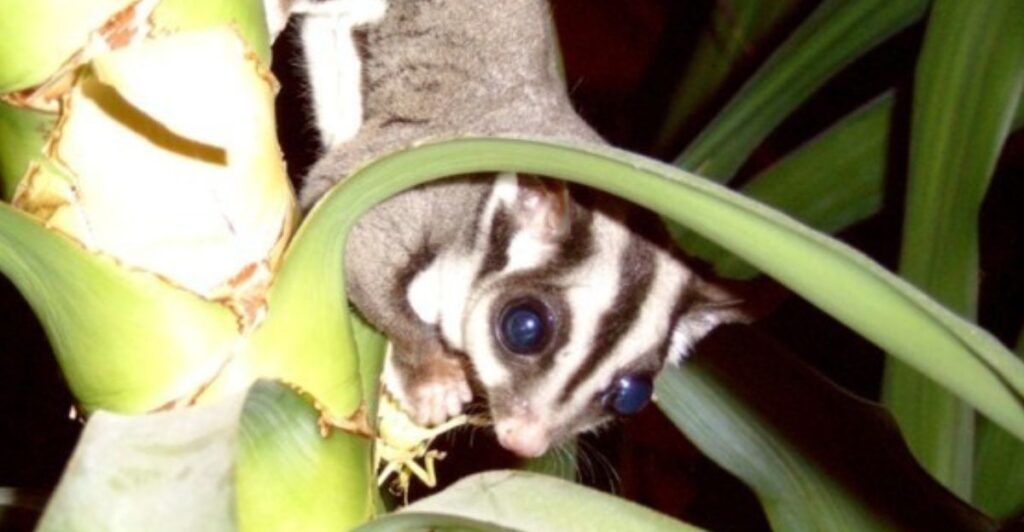
The petaurus is another marsupial with the ability to stretch out a membrane that allows them to glide great distances. While gliding, they use their tails to steer them where they want to go. Like most animals on this list, they do so to avoid predators on the ground and for mobility.
Kuhl’s Parachute Gecko
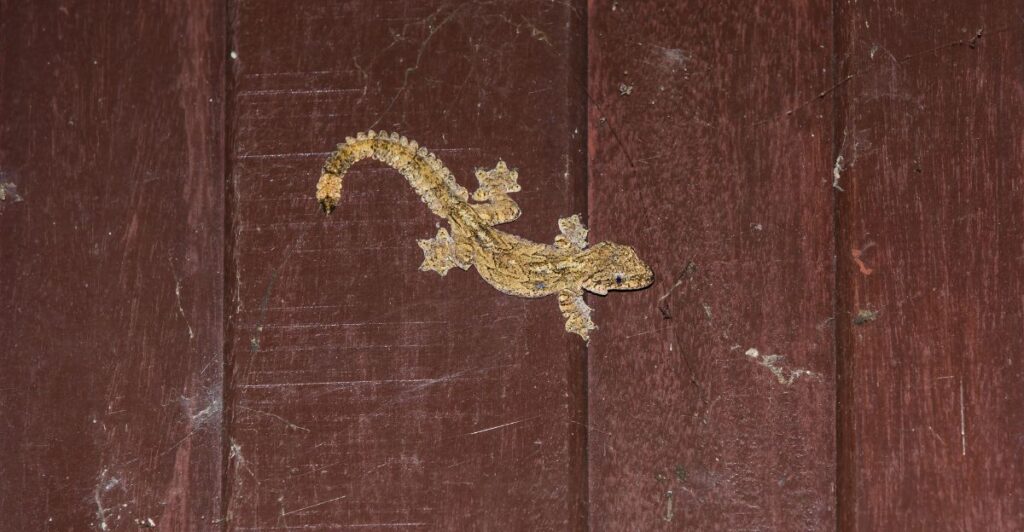
Kuhl’s parachute gecko, also known as the common flying gecko, can glide thanks to flaps of skin on its sides. These adaptations allow it to float gracefully between trees in Southeast Asia. Its webbed feet and flat tail help stabilize its descent.
Flying Squid
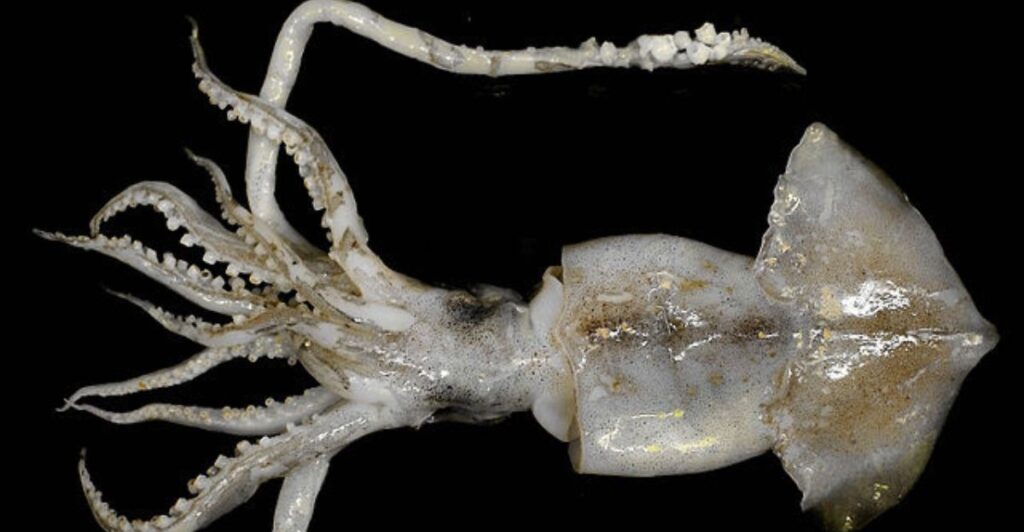
The Flying squid can leap out of the water and glide through the air for short distances. They achieve this by expelling water forcefully, allowing them to launch themselves into the air. Their fins help them steer while gliding, making it easier to escape predators in the ocean.
Wallace’s Flying Frog
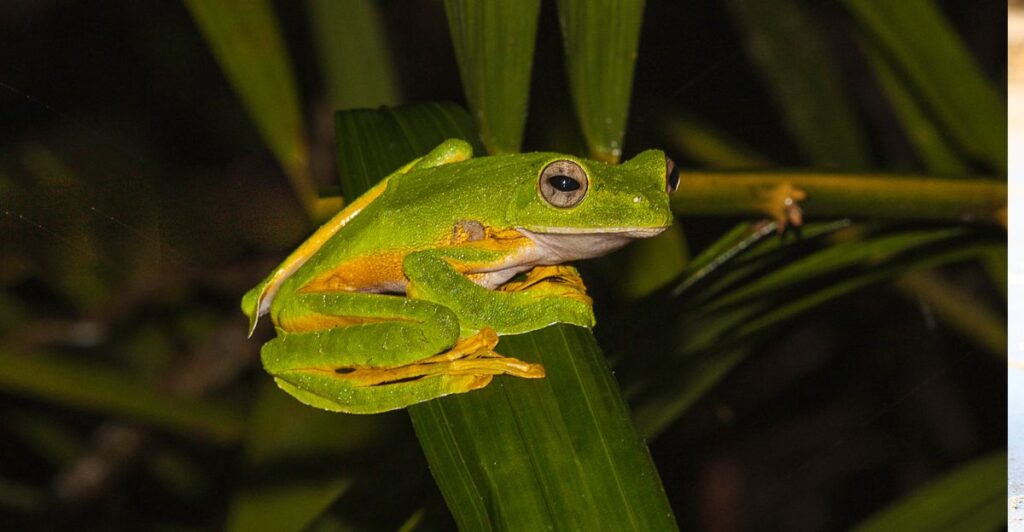
Wallace’s flying frog uses its webbed feet to glide from tree to tree in Southeast Asia’s rainforests. When jumping, it spreads its limbs and webbing, creating a parachute effect. This adaptation aids in both escaping threats and capturing prey from above.
Discover more of our trending stories and follow us to keep them appearing in your feed

The 10 Largest Sharks Ever Known to Roam the Seas
10 Beloved Dog Breeds Now Facing Extinction
The War on Cows Is Over—And Green Extremists Have Lost
There Will Be Eruptions”: Concerns Mount as Yellowstone Supervolcano Activity Shifts
This article first appeared here
Stay connected with us for more stories like this! Follow us to get the latest updates or hit the Follow button at the top of this article, and let us know what you think by leaving your feedback below. We’d love to hear from you!







